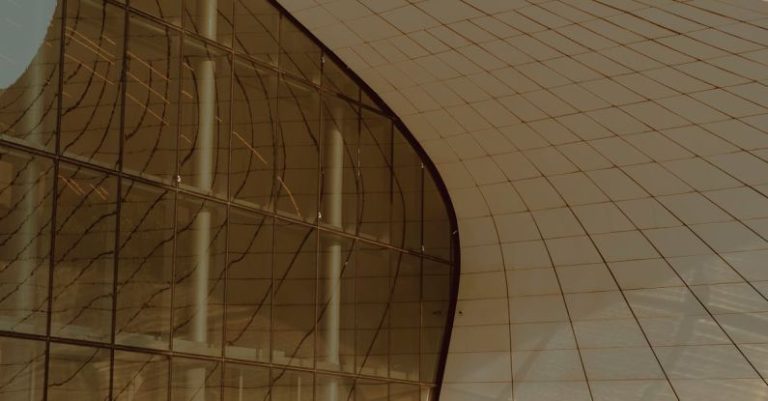Boosting Building Performance with Aerogel Composites
When it comes to optimizing building performance, architects and engineers are constantly seeking innovative solutions that can enhance energy efficiency, improve insulation, and reduce environmental impact. One such groundbreaking material that has been gaining traction in the construction industry is aerogel composites. Aerogels are ultra-lightweight materials known for their exceptional thermal properties and insulating capabilities, making them an ideal choice for enhancing the performance of buildings in various ways.
Enhancing Thermal Insulation
One of the key benefits of using aerogel composites in building construction is their superior thermal insulation properties. Aerogels are highly porous materials composed of up to 99% air, which gives them an incredibly low thermal conductivity. This means that aerogel composites can effectively reduce heat transfer through walls, roofs, and windows, leading to improved energy efficiency and lower heating and cooling costs for building owners.
By incorporating aerogel composites into building insulation systems, architects and engineers can create structures that offer better thermal performance than traditional insulation materials. Aerogels can be used in a variety of applications, from insulating concrete walls to enhancing the energy efficiency of windows and skylights. Their lightweight nature also makes them easy to install and handle, further adding to their appeal in the construction industry.
Improving Acoustic Performance
In addition to their thermal insulation properties, aerogel composites can also help improve the acoustic performance of buildings. Aerogels have a high porosity that can effectively absorb sound waves, reducing noise transmission and creating quieter indoor environments. This makes aerogel composites an excellent choice for buildings located in noisy urban areas or near transportation hubs where sound insulation is crucial.
By incorporating aerogel composites into wall panels, ceilings, and flooring systems, architects can design buildings that offer superior acoustic comfort for occupants. This is particularly important in commercial spaces, healthcare facilities, and residential buildings where noise pollution can have a negative impact on occupant well-being and productivity. Aerogel composites provide a versatile solution for improving acoustic performance while also enhancing thermal insulation.
Enhancing Fire Safety
Another advantage of using aerogel composites in building construction is their excellent fire resistance properties. Aerogels are inherently non-combustible materials that can withstand high temperatures without releasing toxic fumes or gases. This makes them a safe choice for enhancing the fire safety of buildings and reducing the risk of fire spread in case of emergencies.
By incorporating aerogel composites into building materials such as insulation boards, cladding systems, and fire barriers, architects can create structures that meet stringent fire safety regulations and provide occupants with valuable time to evacuate safely in the event of a fire. Aerogels’ fire-resistant properties make them an ideal choice for enhancing the overall safety and resilience of buildings in various sectors, including commercial, residential, and industrial.
Maximizing Sustainability
In addition to their thermal insulation, acoustic performance, and fire safety benefits, aerogel composites also offer significant advantages in terms of sustainability. Aerogels are eco-friendly materials that are made from silica aerogel particles derived from natural sources. This makes them a renewable and recyclable option for building construction, aligning with the growing demand for sustainable building materials in the industry.
By choosing aerogel composites for insulation, acoustic enhancement, and fire safety applications, architects and developers can reduce the environmental impact of their projects and contribute to a more sustainable built environment. Aerogels’ energy-efficient properties also help reduce greenhouse gas emissions and lower overall energy consumption in buildings, further promoting environmental stewardship and resource conservation.
Incorporating Aerogel Composites in Building Design
As the construction industry continues to prioritize energy efficiency, occupant comfort, and environmental sustainability, the use of aerogel composites in building design is poised to become increasingly prevalent. Architects and engineers can harness the unique properties of aerogels to create high-performance buildings that offer superior thermal insulation, acoustic comfort, fire safety, and sustainability.
By integrating aerogel composites into various building elements, from walls and roofs to windows and facades, professionals can unlock the full potential of this innovative material and elevate the performance of their projects. As the demand for energy-efficient and sustainable buildings continues to grow, aerogel composites stand out as a promising solution for boosting building performance and setting new standards for the construction industry.






